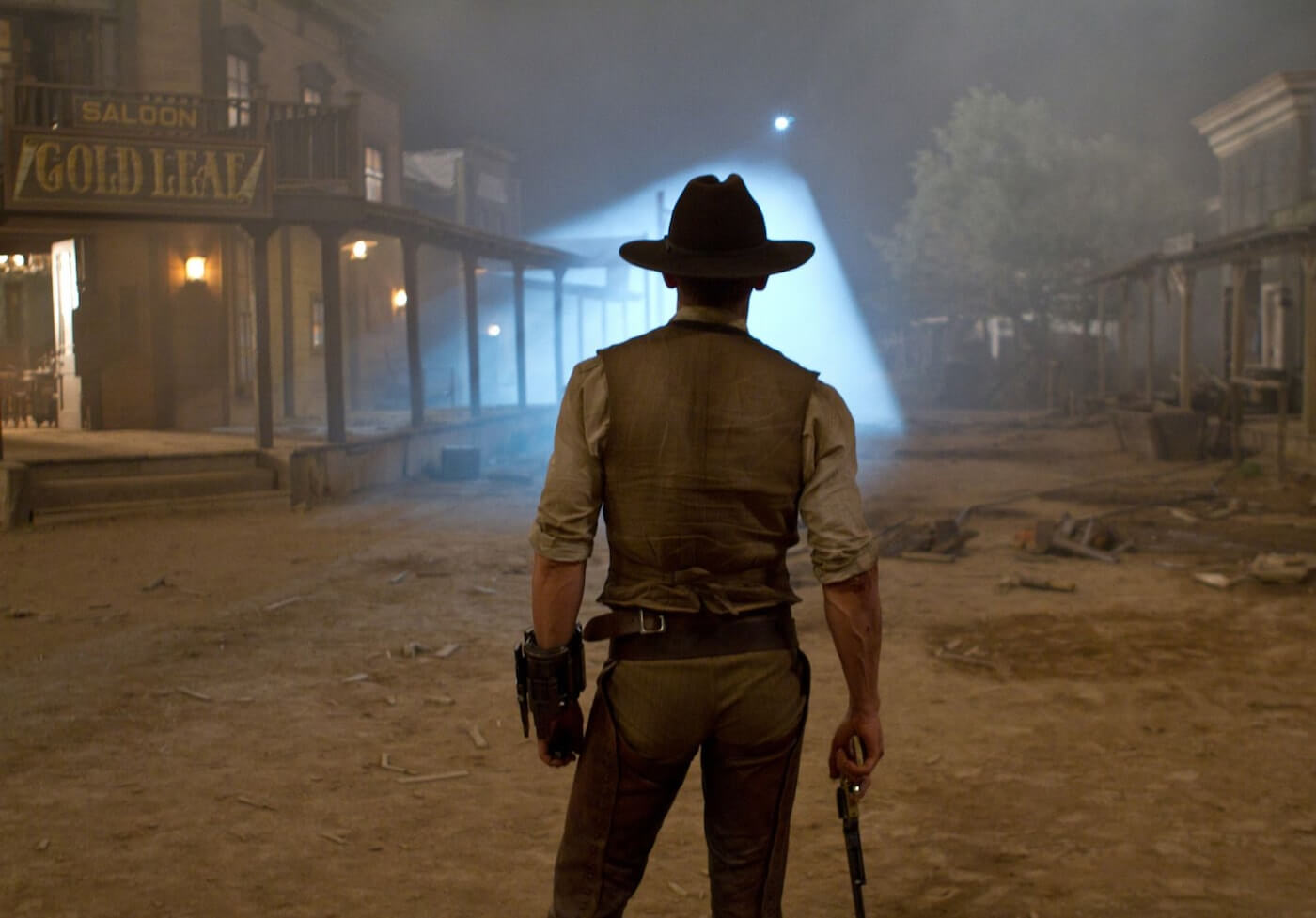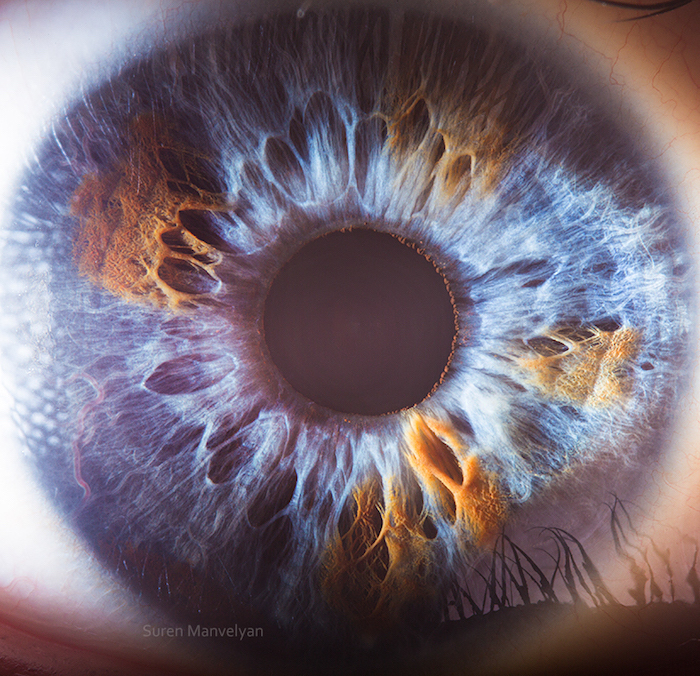Shot Types
Tuesday 11th September 2018:
Shot Types:
Films use many different shot types for many different reasons, such as clearly showing what the audience should be focusing on, showing important detail and even showing different perspectives of something. Listed below are some of the different shot types used in films.
Extreme long shot:ELS

This shows a wide view of a complete setting, such as a mountain area of landscape. It is used to show just how big an area is or to show how grand it is etc. If a human was to be shown in this shot, they would be barely viable as the shot is to emphasis the size of their surroundings.
Long shot:LS

Whilst this is still showing the complete scene, it is closer than an extreme long shot is. A person, if shown in this, would be completely visible and fits well within the frame. It gives the audience a clear shot of where the action is happening.
Medium long shot:MLS
 This shot can still be used to show the surroundings of the scene. If a character is shown, they are usually shown from the knees up. This gives a good view of the character for the audience, making it easier to convey emotions and see exactly what the character is feeling that moment, whilst still being to see whats happening around them.
This shot can still be used to show the surroundings of the scene. If a character is shown, they are usually shown from the knees up. This gives a good view of the character for the audience, making it easier to convey emotions and see exactly what the character is feeling that moment, whilst still being to see whats happening around them.
Medium shot:MS
This shot would show a character from the waist up and would include a little space above their head. Their emotions are now easily shown to the audience, they get a clear view of them but can now tell that the surroundings aren't as important as they have been in previous shots.
 Medium close up:MCU
Medium close up:MCU
This is a typical frame for a newsreader. It frames their shoulders and head comfortably within the shot. It can also be used for conversations/reactions with characters.
 Close up:CU
Close up:CU
This shows detail in the subject and normally just shows their face. It shows their features in greater detail to show personality/emotion of a character.
Big close up: BCU
This shows all the detail of the character, so if it was on their face it would be from the middle of their chin, to just above their chin. Is shows the 2 eyes and mouth, also known as the social triangle, which helps the audience to better understand what the character is feeling at that moment.
 Extreme close up:XCU
Extreme close up:XCU
This shot magnifies a small detail, such as an eye, mouth or an object. It shows certain characteristics of whats being shown and forces the audience to focus on that exact point. It can be used to create a mysterious tension ans shows things that viewers may not be able to see from far away.
Shot Types:
Films use many different shot types for many different reasons, such as clearly showing what the audience should be focusing on, showing important detail and even showing different perspectives of something. Listed below are some of the different shot types used in films.
Extreme long shot:ELS

This shows a wide view of a complete setting, such as a mountain area of landscape. It is used to show just how big an area is or to show how grand it is etc. If a human was to be shown in this shot, they would be barely viable as the shot is to emphasis the size of their surroundings.
Long shot:LS
Whilst this is still showing the complete scene, it is closer than an extreme long shot is. A person, if shown in this, would be completely visible and fits well within the frame. It gives the audience a clear shot of where the action is happening.
Medium long shot:MLS
 This shot can still be used to show the surroundings of the scene. If a character is shown, they are usually shown from the knees up. This gives a good view of the character for the audience, making it easier to convey emotions and see exactly what the character is feeling that moment, whilst still being to see whats happening around them.
This shot can still be used to show the surroundings of the scene. If a character is shown, they are usually shown from the knees up. This gives a good view of the character for the audience, making it easier to convey emotions and see exactly what the character is feeling that moment, whilst still being to see whats happening around them.Medium shot:MS
This shot would show a character from the waist up and would include a little space above their head. Their emotions are now easily shown to the audience, they get a clear view of them but can now tell that the surroundings aren't as important as they have been in previous shots.
 Medium close up:MCU
Medium close up:MCUThis is a typical frame for a newsreader. It frames their shoulders and head comfortably within the shot. It can also be used for conversations/reactions with characters.
This shows detail in the subject and normally just shows their face. It shows their features in greater detail to show personality/emotion of a character.
Big close up: BCU
This shows all the detail of the character, so if it was on their face it would be from the middle of their chin, to just above their chin. Is shows the 2 eyes and mouth, also known as the social triangle, which helps the audience to better understand what the character is feeling at that moment.
 Extreme close up:XCU
Extreme close up:XCUThis shot magnifies a small detail, such as an eye, mouth or an object. It shows certain characteristics of whats being shown and forces the audience to focus on that exact point. It can be used to create a mysterious tension ans shows things that viewers may not be able to see from far away.

Great work Hannah, you are very detailed in your descriptions of the shot types. You have also identified the ways that these shot types can communicate information to an audience. In addition you’ve used examples that exemplified this, really good!
ReplyDeleteWhat you need to do next is to add the Camera Angles to this post, similarly to the types, with descriptions and explanations of how they can be used to inform or comminute information. Please also add examples.